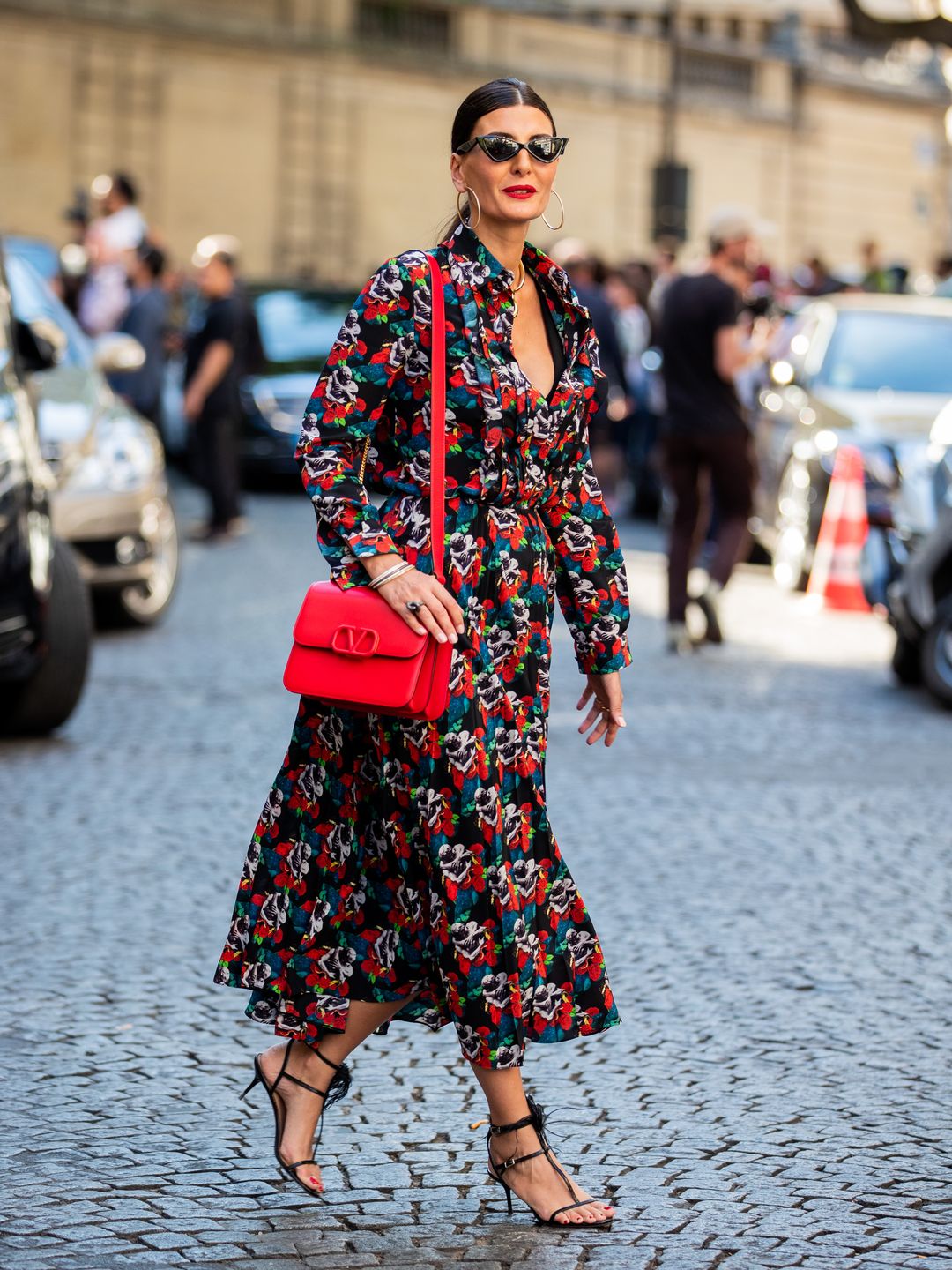Finding your personal style is like discovering your own unique signature—it’s a way to express who you are without saying a word. It’s not about chasing trends or copying someone else’s look; it’s about curating a wardrobe that feels authentically you. Experts in fashion and styling agree that developing a personal style is a journey of self-discovery, blending self-awareness, experimentation, and confidence. In this article, we’ll dive into expert-backed strategies to help you uncover your personal style, with practical steps, real-world examples, and actionable tips to make the process fun and fulfilling.
Why Personal Style Matters
Your personal style is more than just clothes—it’s a reflection of your personality, values, and lifestyle. According to fashion editor Samantha from InStyle, finding her style took years of trial and error, moving from trend-chasing to embracing pieces that felt true to her. Experts say a well-defined style boosts confidence, simplifies getting dressed, and even promotes sustainability by reducing impulse buys.
The Confidence Connection
When you wear clothes that align with your identity, you feel unstoppable. Think of that one outfit that makes you stand taller—maybe it’s a tailored blazer or a flowy bohemian dress. That’s the power of personal style.
The Sustainability Angle
A curated wardrobe means fewer purchases and less waste. By knowing what you love, you’re less likely to buy items that end up in the back of your closet, gathering dust. Experts highlight that this mindful approach aligns with sustainable fashion practices.
Step 1: Start with Self-Discovery
The foundation of personal style is understanding who you are. Experts like Stacy London emphasize asking yourself key questions: What brings you joy? What fits your lifestyle? Your answers will guide your style journey.
Reflect on Your Lifestyle
Your wardrobe should work for your daily life. A corporate lawyer might lean toward polished, structured pieces, while a freelance artist could embrace eclectic, colorful looks. Take a moment to jot down your daily activities and the vibe you want to project.
Identify Your Values
Do you value comfort, sustainability, or bold self-expression? For example, if eco-friendliness matters to you, you might gravitate toward secondhand finds or brands like Everlane that prioritize ethical production.
Step 2: Audit Your Closet
Before you buy anything new, take stock of what you already own. This step, recommended by stylist Emily Elizabeth May, helps you identify patterns in what you love and wear most often.
How to Conduct a Closet Audit
Grab a notebook and spend an hour going through your wardrobe. Pull out your favorite pieces and ask: What makes these items your go-to? Are there recurring colors, fits, or fabrics? This exercise reveals your style DNA.
Don’t Declutter Yet
Resist the urge to toss items right away. Instead, box up anything you’re unsure about and revisit it later. This keeps the process focused on discovery rather than purging.
Step 3: Find Inspiration
Inspiration is everywhere—social media, street style, even your favorite TV characters. Experts suggest curating a mood board to visualize your aesthetic.
Use Pinterest and Instagram
Create a Pinterest board or save Instagram posts that resonate with you. For example, I once saved a photo of Zendaya in a vintage blazer and jeans combo, which sparked my love for mixing tailored and casual pieces. Be mindful, though—admire styles you’d actually wear, not just ones that look cool on others.
Look Beyond Celebrities
Jeremy Smith from Standard & Strange points out that regular people often have more authentic style than red-carpet stars. Notice what your stylish friend or that cool barista is wearing—it might inspire you more than a celebrity stylist’s curated look.
Step 4: Experiment with Style Types
Experts like those at Stitch Fix identify style types—classic, bohemian, minimalist, bold, etc.—to help you define your aesthetic. Taking a style quiz can pinpoint your preferences.
Try a Style Quiz
Sites like Stitch Fix or The New York Stylist offer free quizzes to identify your style personality. These quizzes ask about your preferences for colors, patterns, and fits, giving you a starting point for your style journey.
Mix and Match Styles
Your style might not fit neatly into one category. For instance, my style blends minimalist basics with retro accessories, like a simple white tee paired with vintage earrings. Experiment to find your unique combo.
Step 5: Understand Your Body Type
Knowing what flatters your body can transform your style. The Kibbe body typing system, for example, helps you understand your body’s “yin” (soft, rounded) and “yang” (sharp, angular) features to choose flattering silhouettes.
How Kibbe Works
Kibbe categorizes bodies into types like Dramatic, Romantic, or Natural, based on bone structure and proportions. A quick online quiz or consultation with a stylist can help you identify yours and guide your clothing choices.
Focus on Fit, Not Size
Fit is everything. A well-tailored piece, whether it’s a $20 thrift find or a $200 blazer, will always look better than something ill-fitting. Invest in a good tailor to make your clothes feel custom-made.
Step 6: Build a Capsule Wardrobe
A capsule wardrobe—10 to 20 versatile pieces you love—is a stylist’s secret weapon. It simplifies dressing and ensures everything works together.
Capsule Wardrobe Essentials
Here’s a sample capsule wardrobe for a versatile, timeless style:
| Category | Item | Why It Works |
|---|---|---|
| Tops | White button-up shirt | Pairs with jeans, skirts, or blazers |
| Bottoms | High-waisted black jeans | Flattering and endlessly versatile |
| Outerwear | Trench coat | Adds polish to any outfit |
| Accessories | Statement necklace | Elevates basics for a personal touch |
| Shoes | Classic white sneakers | Comfortable and stylish for most occasions |
Pros and Cons of a Capsule Wardrobe
Pros:
- Saves time getting dressed
- Reduces decision fatigue
- Promotes sustainable shopping
Cons:
- Requires upfront planning
- May feel limiting if you love variety
Step 7: Shop Smart
Once you know your style, shop intentionally. Experts recommend a mix of new, secondhand, and vintage pieces to create a unique wardrobe.
Where to Shop
- Thrift Stores and Vintage Shops: Find one-of-a-kind pieces on sites like Etsy or The Real Real.
- Sustainable Brands: Brands like Reformation or Patagonia offer stylish, eco-friendly options.
- High Street Retail: Zara or H&M for affordable basics that align with your style.
Avoid Impulse Buys
Before buying, ask: Does this fit my style? Will I wear it at least 30 times? This “30-wear rule” ensures you only bring home pieces you love.
Step 8: Embrace Accessories
Accessories are the easiest way to personalize your look. A bold scarf, chunky earrings, or a signature hat can make even basic outfits feel special.
Finding Your Signature Accessory
Think of accessories as your style exclamation point. For example, my friend Sarah always wears oversized sunglasses—they’ve become her trademark. Experiment with one standout piece to see what feels right.
Budget-Friendly Options
You don’t need to splurge. Check out thrift stores or affordable brands like Mango for unique accessories that won’t break the bank.
Comparison: Trendy vs. Timeless Style
| Aspect | Trendy Style | Timeless Style |
|---|---|---|
| Focus | Following current fashion trends | Classic, enduring pieces |
| Longevity | Short-lived, often outdated in a season | Lasts for years |
| Cost | Can be expensive to keep up | Often more cost-effective over time |
| Example | Sheer tops, low-rise jeans | Tailored blazer, white tee |
Verdict: A timeless style is easier to maintain and more sustainable, but incorporating a few trendy pieces can keep your look fresh.
People Also Ask (PAA)
How do I start finding my personal style?
Start by auditing your closet to identify what you love, then seek inspiration from Pinterest or street style. Experiment with different looks and take a style quiz to narrow down your aesthetic.
What are the different types of personal style?
Common style types include classic, bohemian, minimalist, preppy, and bold. Most people blend multiple types to create a unique look, like trendy with retro influences.
How can I improve my dressing sense?
Learn basic fashion principles like color coordination and layering. Focus on fit, wear what boosts your confidence, and experiment with new combinations to refine your style.
Is it okay to have a simple style?
Absolutely! A minimalist style with clean lines and neutral colors is timeless and sophisticated. It’s all about quality pieces that reflect your personality.
FAQ Section
Q: How long does it take to find your personal style?
A: It’s a journey, not a race. For some, it takes months of experimenting; for others, years. The key is to enjoy the process and stay open to evolving.
Q: Can I have more than one personal style?
A: Yes! Many people blend styles, like minimalist with bohemian or classic with edgy. Your style can shift depending on the occasion or mood.
Q: What’s the best way to avoid trend overload?
A: Focus on timeless staples and add one or two trendy pieces per season. This keeps your wardrobe fresh without losing your core style.
Q: Where can I find affordable style inspiration?
A: Check out thrift stores, Instagram accounts like @vintagevibes, or blogs like The Everygirl for budget-friendly ideas.
Final Thoughts
Finding your personal style is like falling in love with yourself all over again. It’s about celebrating what makes you unique and letting that shine through your clothes. Take it one step at a time—audit your closet, seek inspiration, and experiment fearlessly. As Stacy London says, your wardrobe should bring you joy and work for your life. So, grab that favorite jacket, try a new accessory, and start building a style that’s undeniably you. What’s the one piece in your closet that makes you feel unstoppable? Start there, and the rest will follow.





